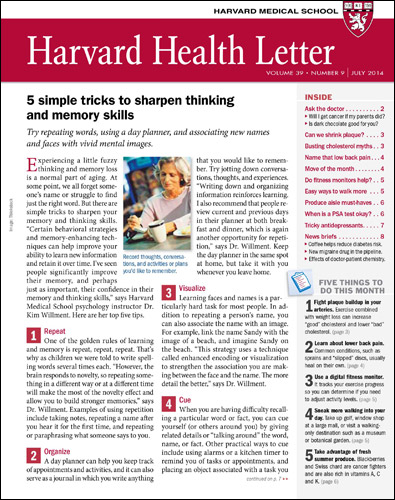Looking for Autism

Autism isn’t exactly something parents want to find in their child, so it’s understandable that parents might feel uneasy about looking for it. But looking for autism is important — and something that has become part of routine pediatric care.
Currently, one out of every 59 children has been diagnosed with autism spectrum disorder. That means autism is really common. And — this is what’s really important — getting help early makes all the difference.
At every single visit in the early years, pediatricians carefully follow the development of children. We ask about how they are learning to move and use their hands and walk and talk and play. We aren’t looking just for autism, of course; there are many reasons why some children may have delays or problems with their development, and we want to catch all of them.
When we see that a child is late to talk, or doesn’t relate to other people or play in ways we might normally expect for his or her age, we do think about autism. Many practices give parents questionnaires to fill out that ask about symptoms of autism. This allows us to get more detailed information than we might get just from talking to parents.
The good news is that most children don’t have autism. Being a bit late to talk, or being shy, or just being quirky are all more common than autism. But getting help early can make a difference no matter what is going on, so whenever we see something that concerns us, we want to take a closer look.
There are a few ways to look more closely. Children from birth to three years old can be evaluated and get services from Early Intervention, a program for children with any developmental risks or concerns. Most of the services are done at home (or at daycare, or any other location that works for the family) and at no cost to the family. Children who are older than three years can get an evaluation and services through the local public schools.
Parents can call Early Intervention or reach out to their local public schools on their own, but it can be useful when the doctor helps with the referral. That way, the concern gets relayed more clearly, we can stay on top of the referral and make sure the follow-through happens, and it helps build a team — which is a wonderful thing for any child to have.
The other way that we can look more closely at a child who is developing more slowly or differently than others is through an appointment with a specialist, usually a developmental pediatrician (a pediatrician who has had extra training in child development) or a neurologist. Very often, we will do a referral to a specialist along with the referral to Early Intervention or the schools to get the fullest picture possible.
It’s always tempting to say, “Oh, she’s just a late bloomer,” and not do anything at all. And actually, there are lots of late bloomers out there. But even late bloomers can bloom faster with a little help. Every child deserves a little help, I think.
For information on what milestones your child should be achieving at different ages, check out the Act Early page on the Centers for Disease Control and Prevention website. And please, if you have any worries at all, talk to your doctor. We’re here to help.
About the Author

Claire McCarthy, MD, Senior Faculty Editor, Harvard Health Publishing
Disclaimer:
As a service to our readers, Harvard Health Publishing provides access to our library of archived content. Please note the date of last review or update on all articles.
No content on this site, regardless of date, should ever be used as a substitute for direct medical advice from your doctor or other qualified clinician.
















